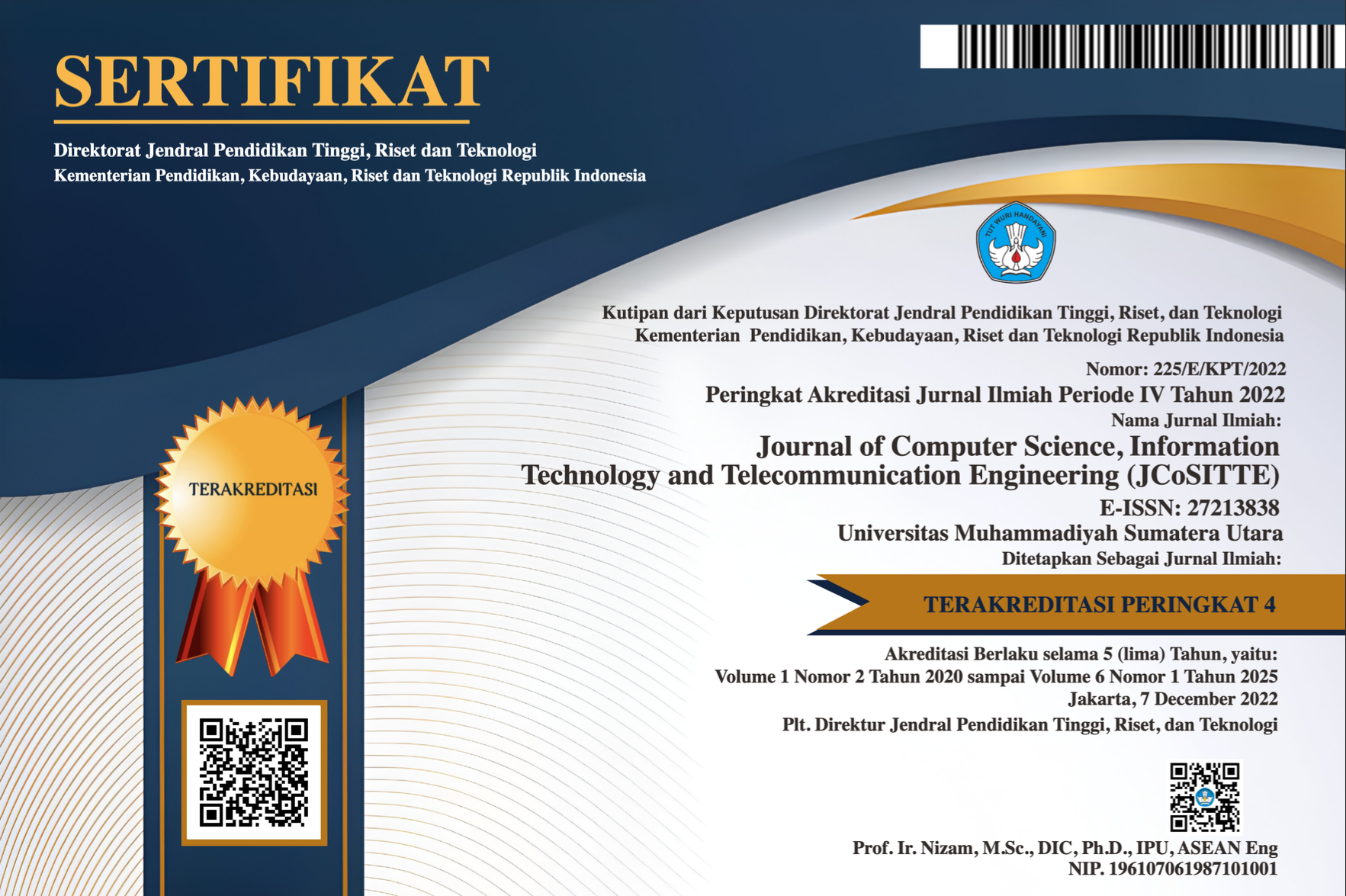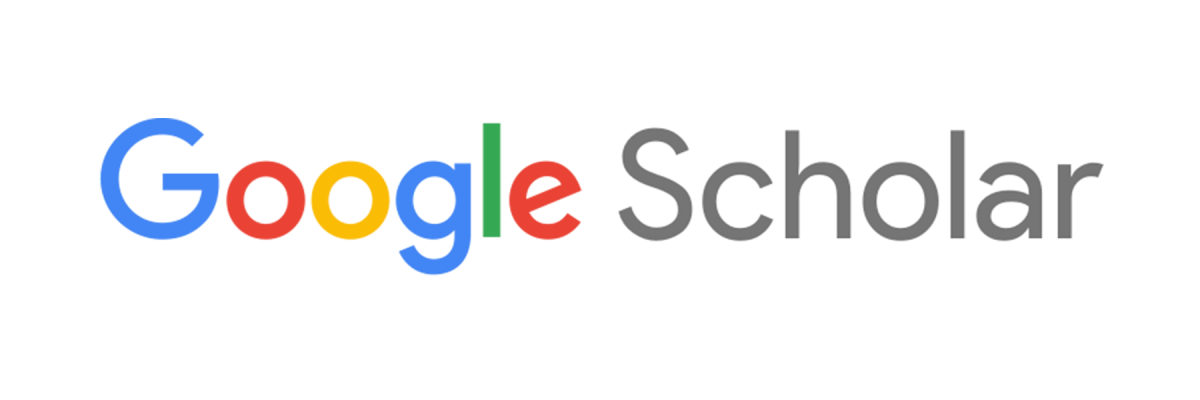Particle Swarm Optimization Algorithm for Hyperparameter Convolutional Neural Network and Transfer Learning VGG16 Model
Abstract
Keywords
Full Text:
PDFReferences
Africa, A. D. M. (2020). Ripe Fruit Detection and Classification using Machine Learning. International Journal of Emerging Trends in Engineering Research, 8(5), 1845–1849.
Bansal, J. C., Singh, P. K., Saraswat, M., Verma, A., Jadon, S. S., & Abraham, A. (2011). Inertia weight strategies in particle swarm optimization. Proceedings of the 2011 3rd World Congress on Nature and Biologically Inspired Computing, NaBIC 2011, 633–640.
Confusion Matrix. (2012). In SpringerReference. https://doi.org/10.1007/springerreference_178869
Dorigo, M., Stutzle, T., & Birattari, M. (2006). Ant Colony Optimization. IEEE Computational Intelligence Magazine, November 2006, 28–39.
Fernandes Junior, F. E., & Yen, G. G. (2019). Particle swarm optimization of deep neural networks architectures for image classification. Swarm and Evolutionary Computation, 49(June), 62–74.
Gill, H. S., Khalaf, O. I., Alotaibi, Y., Alghamdi, S., & Alassery, F. (2022). Fruit Image Classification Using Deep Learning. Computers, Materials and Continua, 71(2), 5135–5150.
Hubel, D. H., & Wiesel, T. N. (1962). Receptive fields, binocular interaction and functional architecture in the cat’s visual cortex. The Journal of Physiology, 160(1), 106–154.
Kamilaris, A., & Prenafeta-Boldú, F. X. (2018). Deep learning in agriculture: A survey. Computers and Electronics in Agriculture, 147(February), 70–90.
Kennedy J, E. R. (1995). Particle swarm optimization. IEEE International Conference on Neural Networks, 1942–8.
Lecun, Y., Bottou, L., Bengio, Y., & Ha, P. (1998). LeNet. Proceedings of the IEEE, November, 1–46.
Mirjalili, S., Mirjalili, S. M., & Lewis, A. (2014). Grey Wolf Optimizer. Advances in Engineering Software, 69, 46–61.
Mo, S. (2020). 話題のDeep Learningとは ? 山下 隆義 Deep Learningについて. Nature, 26(January), 1102–1109.
Murinto, Prahara, A., & Ujianto, E. I. H. (2022). Multilevel Thresholding Image Segmentation Based-Logarithm Decreasing Inertia Weight Particle Swarm Optimization. International Journal of Advances in Soft Computing and Its Applications, 14(3), 64–77.
Nurkhasanah, N., & Murinto, M. (2022). Klasifikasi Penyakit Kulit Wajah Menggunakan Metode Convolutional Neural Network. Sainteks, 18(2), 183.
Rismiyati, R., & Luthfiarta, A. (2021). VGG16 Transfer Learning Architecture for Salak Fruit Quality Classification. Telematika, 18(1), 37.
Tian, D., & Shi, Z. (2018). AC SC. https://doi.org/10.1016/j.swevo.
Wismadi, I. M., Khrisne, D. C., & Suyadnya, I. M. A. (2020). Detecting the Ripeness of Harvest-Ready Dragon Fruit using Smaller VGGNet-Like Network. Journal of Electrical, Electronics and Informatics, 3(2), 35
DOI: https://doi.org/10.30596/jcositte.v5i1.16680
Refbacks
- There are currently no refbacks.





.png)

